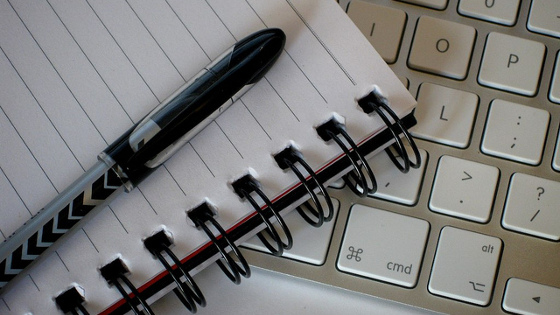Visit to the Crawford Art Gallery
Near the city centre, people who love art can visit this museum dedicated to the visual arts, both historic and contemporary. The gallery receives a lot of visitors, more than 200,000 visitors a year, and has got a variety of permanent exhibitions including 18th-century European and Irish sculpture.
It also has a collection of Greek and Roman sculptures. The collection has grown and now houses more than 2,500 items. A popular café for visitors is on the ground floor.

At the end of the session, you will have:
- visited the Crawford Art Gallery in Cork virtually.
- listened to a person talking about saving energy.
- learnt more vocabulary related to recycling, reducing and reusing.
Why don't you visit its official website? Take a look at the official link of the gallery and visit its sections, specially the online collection.
Once you have finished the visit, continue with your posts on Twitter (#taskrecycling and #EDIAcork).
You can send a tweet to the Art Gallery telling them you have visited it virtually. Which is the most interesting painter of the gallery in your opinion? Take a look at the online collection. Which painting or sculpture do you like the most? Send them a tweet: Official Crawford Art Gallery of Cork Twitter. The 'Rubric to assess a Tweet' can help you do a good job in this social network.
Remember that the Crawford Art Gallery must be part of the route at your Google Sites map.


